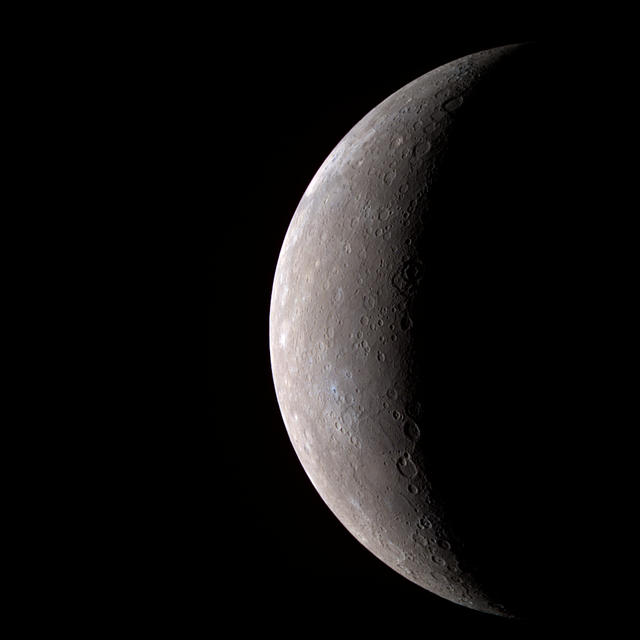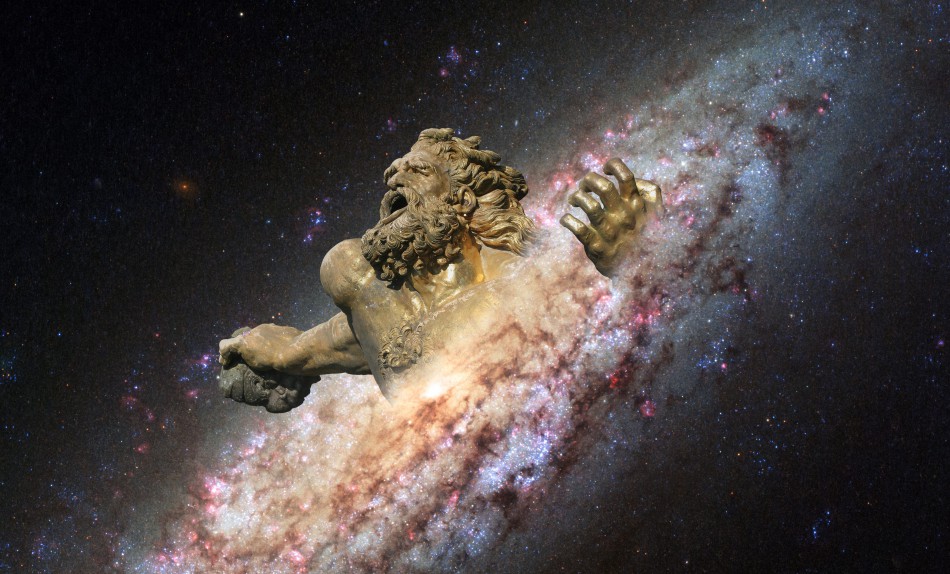Doomed Star in Milky Way Threatens Rare Gamma-Ray Burst
University of Sydney astronomers, working with international colleagues, have found a star system like none seen before in our galaxy. Scientists believe that one of the stars — about 8,000 light-years from Earth — is the first known candidate in the Milky Way to produce a dangerous gamma-ray burst, among the most energetic events in ...













